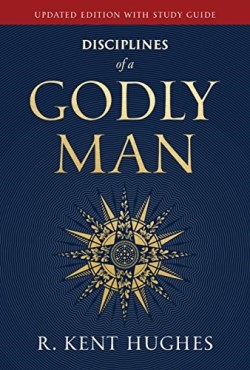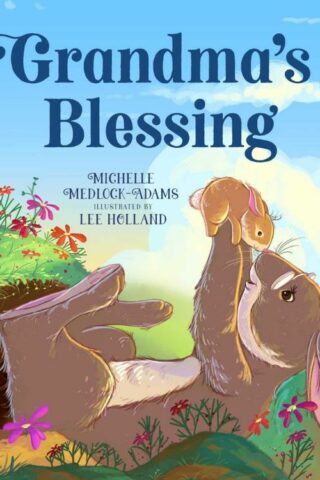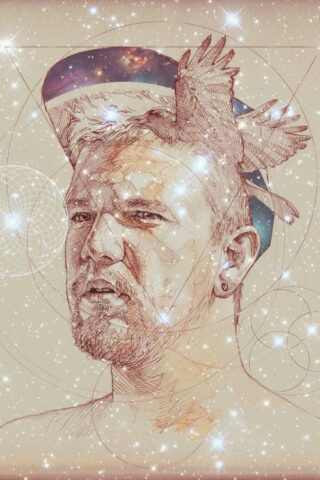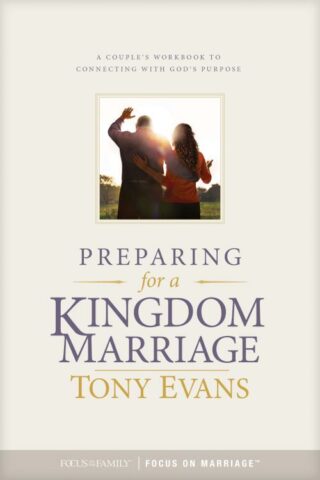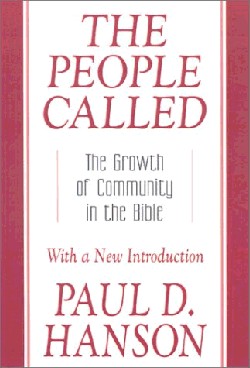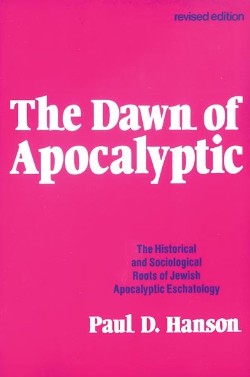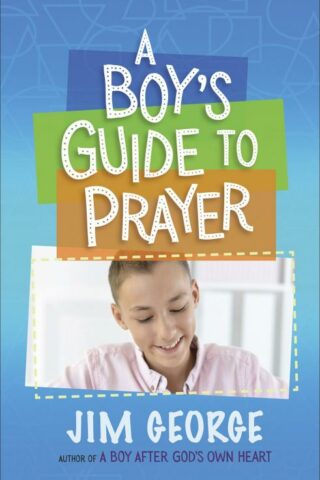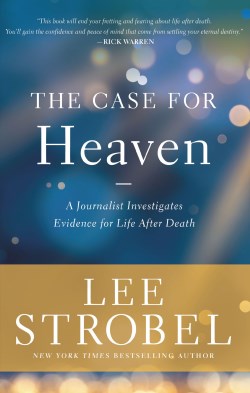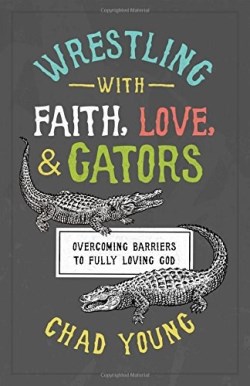Paul Hanson
Showing all 2 resultsSorted by latest
-
People Called : The Growth Of Community In The Bible
$65.00This study focuses on a very basic theme, the tender art of living together in community. T.S. Elliot posed the question succinctly: “What life have you if you have not life together?” He thereby pointed to a truth verified both by social scientists and by our own practical experience: we receive life, we foster life, and we pass life on within the context of fellow humans. But how varied is the quality of life experienced by different humans, or even by the individual at different stages of life! Any thoughtful sensitive person is deeply aware of the fragile treasure that life is, with remarkable potential for warmth, friendship, joy, creativity, and generosity, yet so frequently threatened or destroyed by anxiety, bitterness, greed, anger, and hostility. The Bible presents a rich pageant of life in community. Its stories, hymns, and proverbs cover the whole range of human feelings and experiences, It gives the story of a people who puzzled through the riddle of life from the midst of life, and came to a conclusion strikingly similar ro Eliot’s: “There is no life that is not community. And no community not lived in praise of God.”
Add to cartin stock within 3-5 days of online purchase
-
Dawn Of Apocalyptic
$50.00The Phenomenon Of Apocalyptic In Israel: Its Background And Setting
Excursus: Apocalyptic Eschatology In The Later Apocalyptic Writings
Excursus: The History Of Prophecy In Israel
Isaiah 56-66 And The Visionary Disciples Of Second Isaiah
A. A Third Isaiah?
B. The Ideal Community Envisioned By The Disciples Of Second Isaiah
1. Isaiah 60-62
Excursus: Textual Reconstruction And Prosodic Analysis
2. Isaiah 57:14-21
C. The Ideal Undermined By Opposition (63:7-64:11)
D. Tension Within The Community Grows (58 And 59)
1. Isaiah 58:1-12
2. Isaiah 59:1-20
E. The Schism Widens, Vindictiveness Increases, Hope Is Deferred, And The Seeds Of Apocalyptic Eschatology Are Sown (65:1-25)
F. Controversy Over The Building Of The Temple And Expulsion From The Cult (66:1-16)
G. The Conflict Grows Acrimonious (56:9-57:13)
H. The Other Edge Of The Sword: Judgment Against The Nations (63:1-6)
The Origins Of The Post-Exilic Hierocracy
A. The Second Group Competing For Control Of The Restoration Cult
B. The Sociological Background Of The Post-Exilic Struggle
C. The Rise Of The Hierocratic Party Of The Zadokites
D. Ezekiel: The Pre-Exilic Zadokite Temple Structures Transformed Into A Hierocratic Program Of Restoration
E. Haggai And Zechariah: The Hierocratic Temple Program Receives Prophetic Legitimation
F. Bitter Controversy And The Zadokite Move To Reform The Hierocratic Tradition Along Narrowly Exclusive Lines
G. The Chronicler: The Victorious Hierocratic Party Returns To A More Conciliatory Position
Zechariah 9-14 And The Development Of The Apocalyptic Eschatology Of The Visionaries
A. The Historical And Sociological Background Of The Continued Struggle
B. In Defense Of A New Approach To The Oracles Of Zechariah 9-14
Excursus: Past Biblical Research On Zechariah 9-14
C. A Divine Warrior Hymn Drawing On The Ritual Pattern Of The Conflict Myth (9:1-17)
D. The Divine Warrior Hymn Applied To The Inner-Community Polemic (10:1-12)
E. A Taunt Against Foreign Nations Redirected Against Israel’s Leaders (11:1-3)
F. A Commissioning Narrative Transformed Into A Prophecy Of Doom (11:14-17 And 13:7-9)
G. An Apocalypse Molded By The Inner-Community Struggle (12:1-13:6)
Excursus: The Textual Problem Of Zechariah 12:2 And An Alternate Interpretation
H. An Apocalypse Structured Upon The Ritual Pattern Of The Conflict Myth And Reflecting Bitter Inner-Community Conflict (14:1-21)
Excursus: Revealed Secrets
Excursus: The Redactional Framework Of Third IsaiaAdditional Info
In challenging both traditional and contemporary notions of the nature and history of the Biblical apocalyptic literature, Professor Hanson begins by saying that the origins of apocalyptic cannot be explained by a method which juxtaposes seventh and second century compositions and then proceeds to account for the features of the latter by reference to its immediate environment. “The apocalyptic literature of the second century and after is the result of a long development reaching back to pre-exilic times and beyond, and not the new baby of second century foreign parents. Not only the sources of origin, but the intrinsic nature of late apocalyptic compositions can be understood only by tracing the centuries-long development through which the apocalptic eschatology developed from prophetic and other even more archaic native roots.”In this ground breaking study, Professor Hanson focuses on one strand which can be seen running through the heart of many of the so-called apocalyptic works, the strand of apocalyptic eschatology. He seeks to demonstrate that the rise of apocalyptic eschatology is neither sudden nor anomalous, but follows the pattern of an unbroken development from preexilic and exilic prophecy.
By means of a detailed analysis of the Hebrew text and a new translation of it into English, Professor Hanson demonstrates why scholars must look again at the apocalyptic eschatology. This contextual-typological approach will call for a reexamination of many opinions about this literature.
Add to cartin stock within 3-5 days of online purchase

